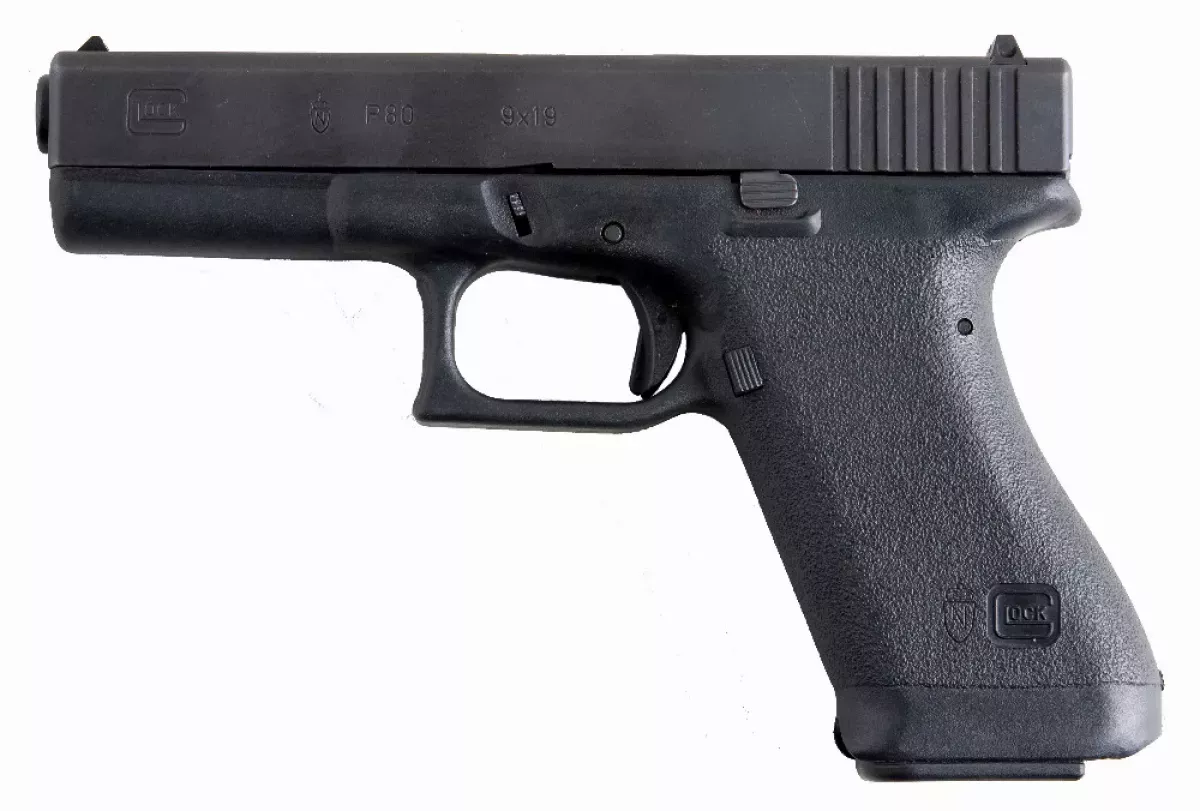Glock is a brand of semi-automatic pistols manufactured by Glock GmbH, an Austrian company. Known for their polymer frames, short-recoil operation, and striker-fired mechanism, Glocks feature a locked-breech design. The pistols are widely used by law enforcement, military, and civilians worldwide due to their reliability and relatively simple design.
Mentioned in this timeline
Myanmar also known as Burma is a Southeast Asian country...
Germany officially the Federal Republic of Germany is a Western...
Virginia officially the Commonwealth of Virginia is a state located...

Chicago is the most populous city in Illinois and the...
Pakistan officially the Islamic Republic of Pakistan is a South...
Canada is a North American country the second largest in...
Trending
30 days ago Rashee Rice Limited in Practice; Mahomes Full Participant Before Chiefs-Cowboys Game

21 days ago Tim Allen Returns to Stand-Up: Fresno Performance at Warnors Theatre Announced

7 months ago Bryan Mbeumo transfer battle: Manchester United, Arsenal, and Newcastle vie for signature.

8 months ago Maury Povich reflects on media; Connie Chung honored and encouraged to write memoir.

COVID- testing is essential for identifying SARS-CoV- infections and tracking the pandemic Two primary types exist molecular tests detect the...

24 days ago Joseph Quinn's 'Stranger Things' impact, 'Master of Puppets' fame, and 'Pillion' BIFA win.
Popular

Tucker Carlson is an American conservative political commentator known for...

XXXTentacion born Jahseh Dwayne Ricardo Onfroy was a controversial yet...

Ben Shapiro is a prominent American conservative political commentator media...

Candace Owens is an American conservative political commentator and author...

William Franklin Graham III commonly known as Franklin Graham is...

Ursula Gertrud von der Leyen is a prominent German politician...
